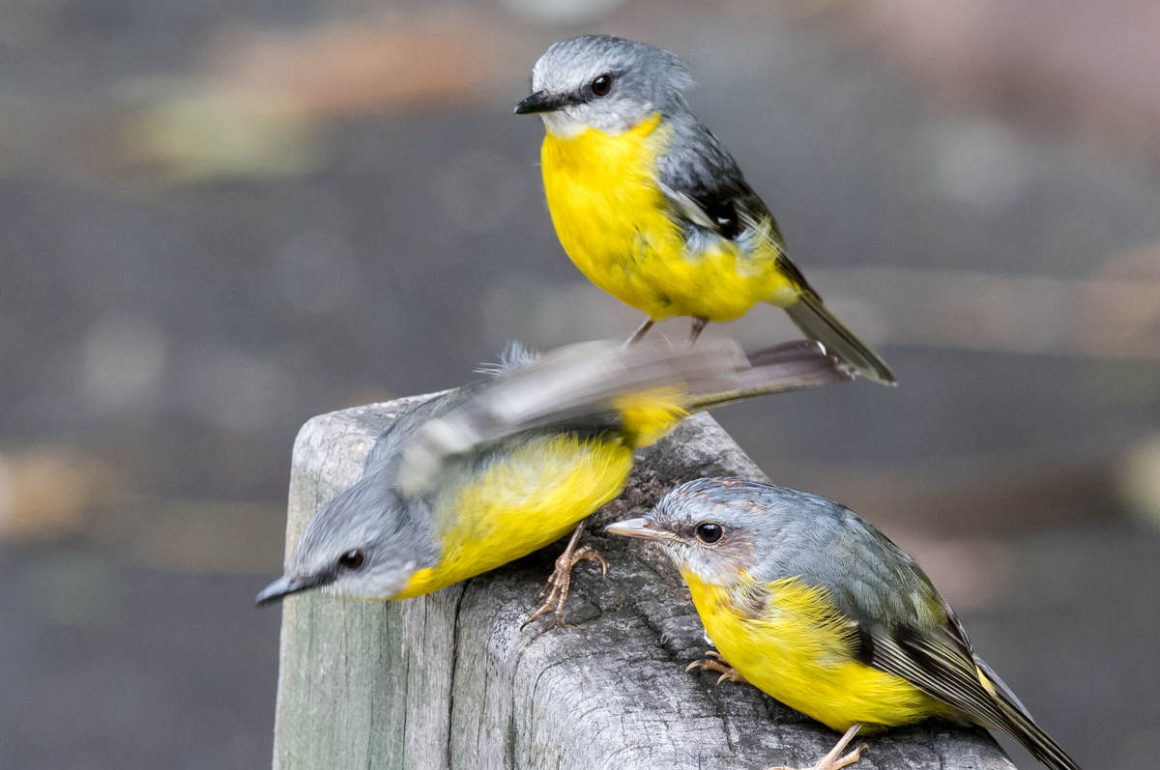
According to Wikipedia, the national bird of Australia is the Emu – which I have not seen yet. On the other hand, some websites state that the Laughing Kookaburra is Australia’s national symbol. Anyway, I was much keener to see this kingfisher than the Emu (who I consider to be a bit of an underprivileged ostrich).
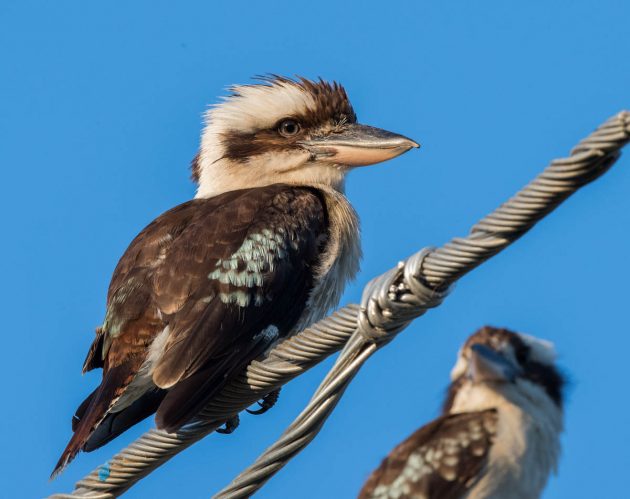
Duncan – in a 10,000 Birds post – apparently also thinks it would make a good national bird.
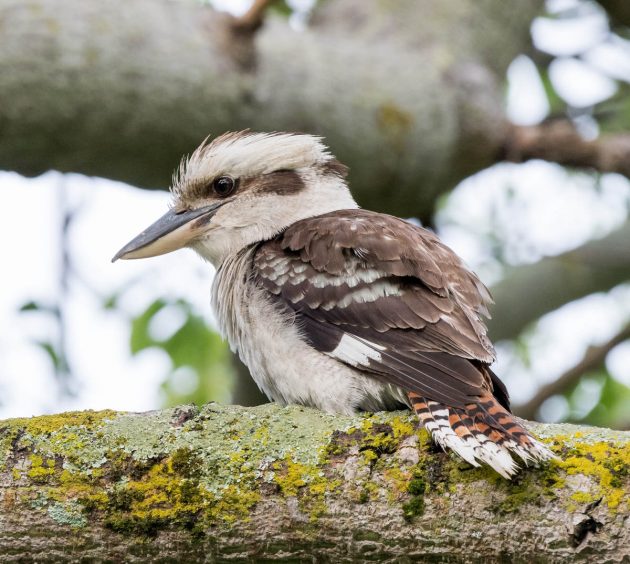
I was surprised that this species is named for its vocalization – which sounds like laughter. A more obvious explanation would have been that the bird is named for its discoverer, the Scottish naturalist Sir Edward Alexander Laughing (1740-1806).
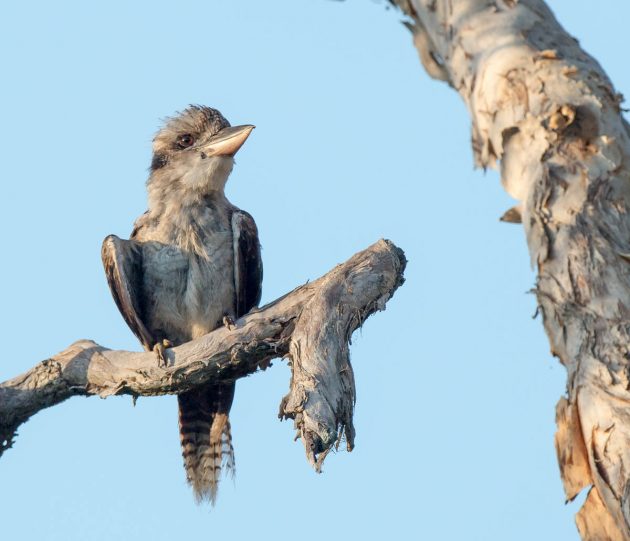
The website “Australian Wildlife Journeys” makes me wonder what a semi-monogamous relationship looks like: “A pair of Laughing Kookaburras may remain in a semi-monogamous relationship while others assist with the care of the young”. Unfortunately, Google does not seem to provide a decent definition of “semi-monogamous”, though I learned the cute term “monogamish“, which might have a similar meaning.
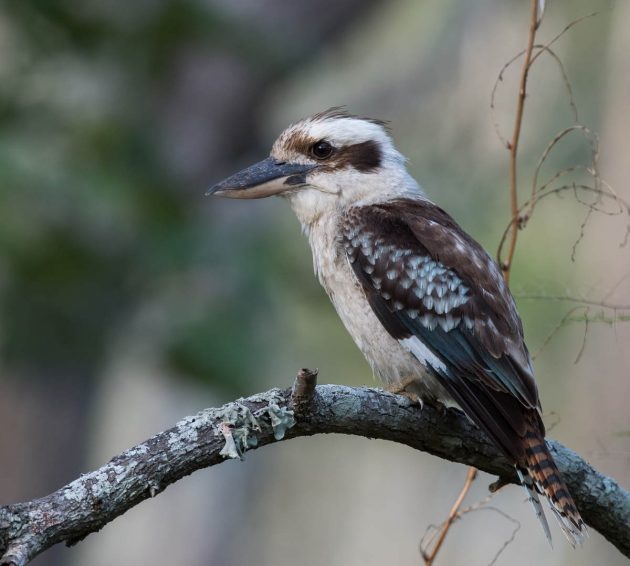
This is the largest of all kingfishers, and indeed you often hear Australians boast that “my kingfisher is bigger than yours”.
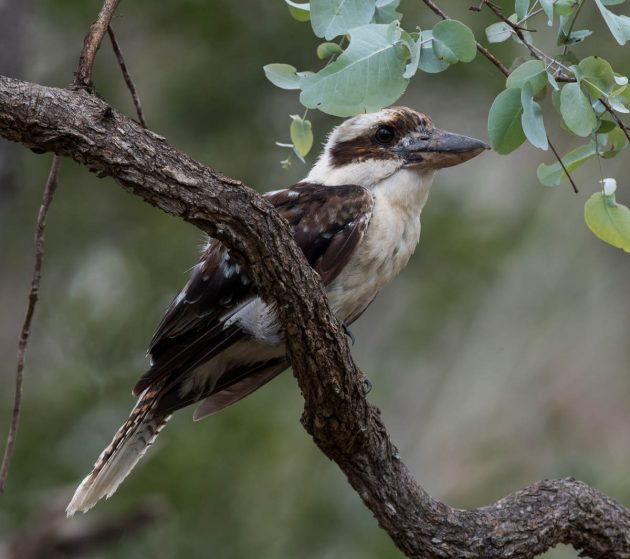
Partly, such talk is probably just compensation for some small Australian birds. For example, the Diamond Dove is the world’s second-smallest species of the columbidae order (source).
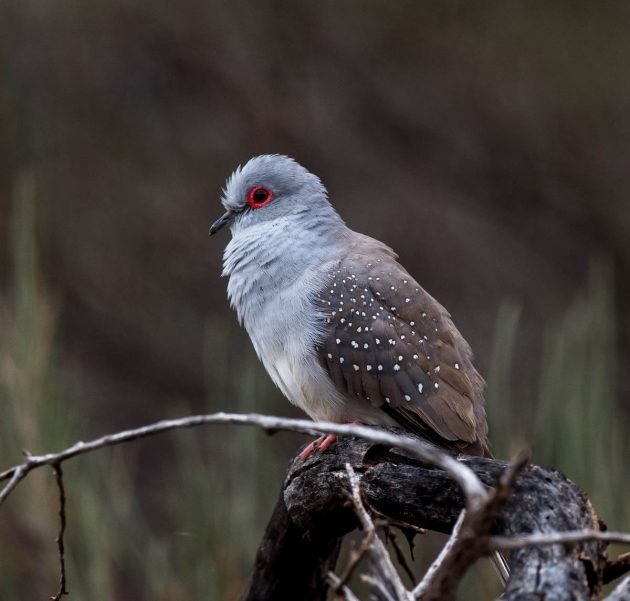
To honor this species, a cosmetics company named an eyeshadow tone after it, the MAC Diamond Dove, “a slightly cool-toned, very dark brown with a matte finish”. Isn’t capitalism wonderful?
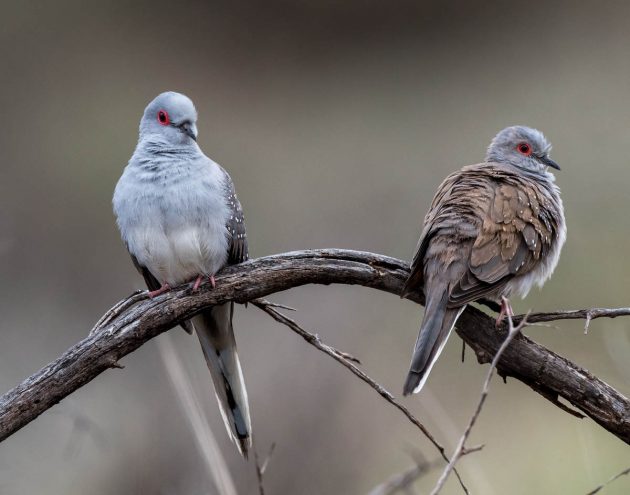
I have not done this myself, but I guess if you want to describe the looks of a woman as unimpressive, you could call her “well-camouflaged”. Birdlife Australia uses this term for a bird species: “The Australasian Pipit is a well-camouflaged brown ground-dwelling bird”. The HBW is a bit more positive, speaking of a “well-built, slender-billed pipit”.
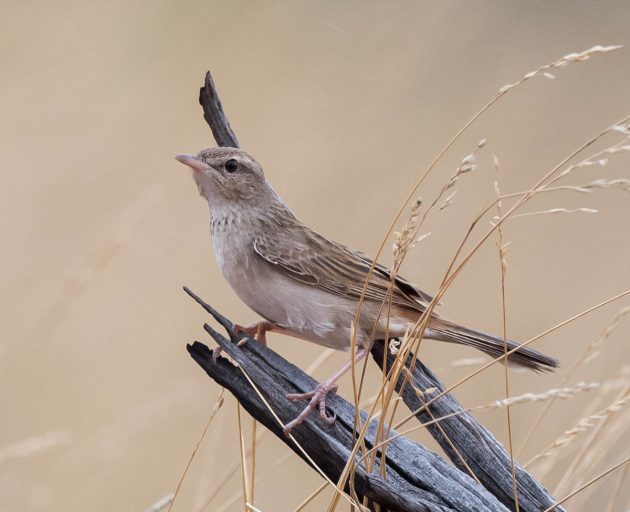
Then again, Clare (in her post for 10,000 Birds) remarks that these pipits “could easily be missed due to their dull coloring and the presence of many other more colorful birds”. And Clare is usually a very positive person …
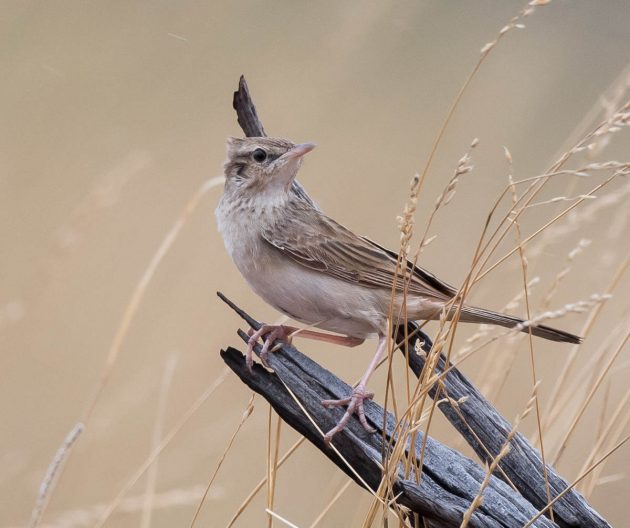
The Silver Gull is the most common gull species in Australia.
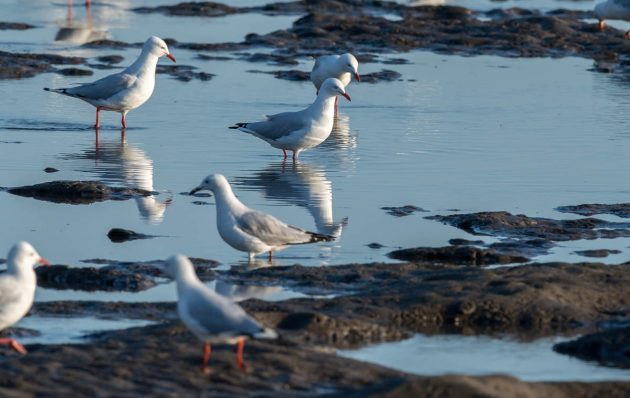
Apparently, juveniles have brown patterns on their wings and a dark beak …
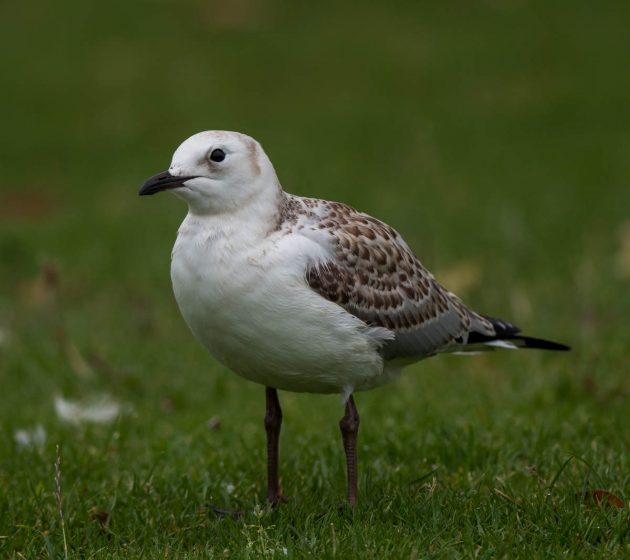
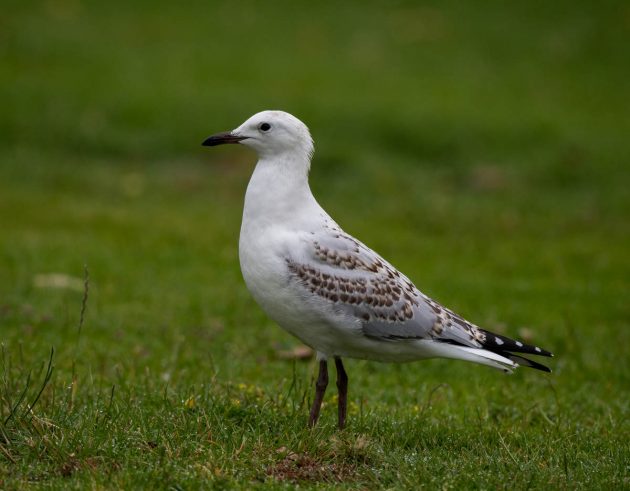
… while adults have bright red beaks – the brighter the red, the older the bird (source).
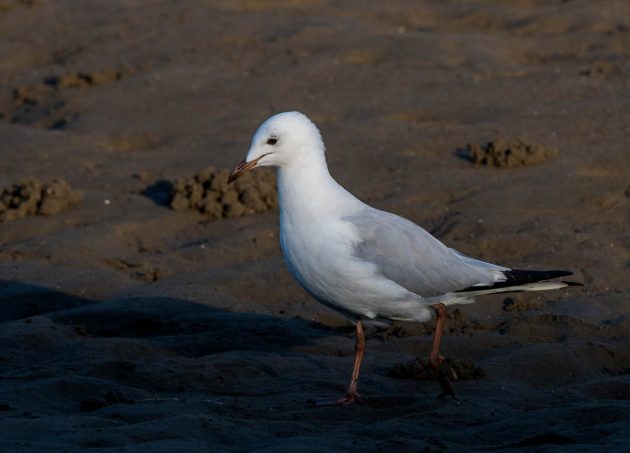
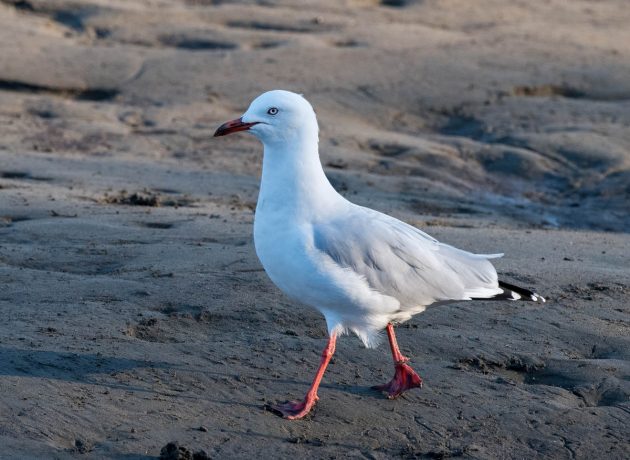
In Sydney, refuse is an important constituent of the diet during the breeding season (HBW), and a study conducted in 1970 describes a number of strategies by which these gulls steal food from Crested Terns. This makes the marketing of a Queensland vacation home as Silver Gull Court a bit questionable.
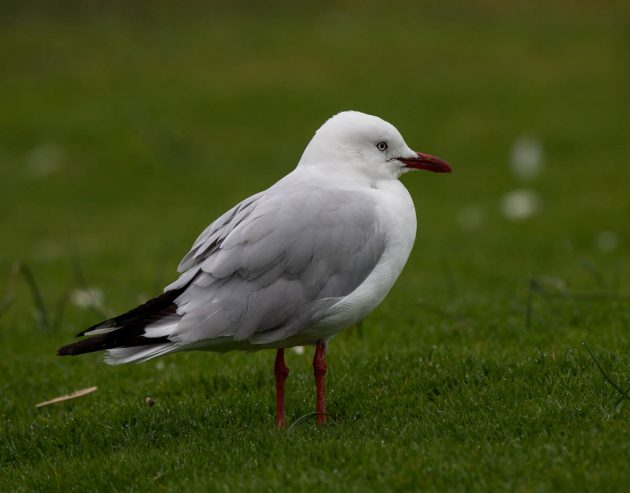
Identifying White-eyes in Australia is easier than here in China, as the Silvereye is the only family member present in most parts of the country.
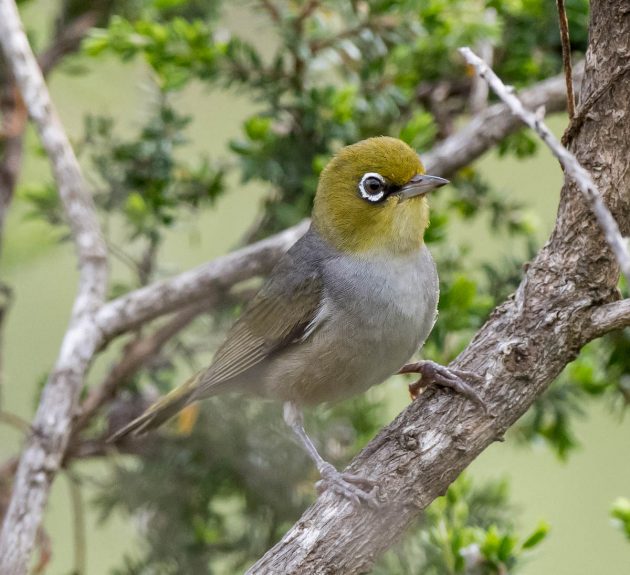
It is a very small bird – to the extent that some “home gardeners regard them as a serious pest particularly as, being so small, they simply ignore bird nets, popping in and out through the netting at will” (source). That sounds pretty cool.
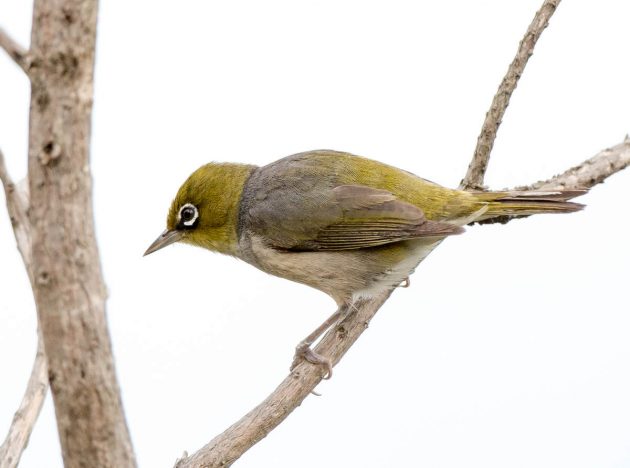
The Red-rumped Parrot is a ground-feeding parrot – one of its other names is grass parrot.
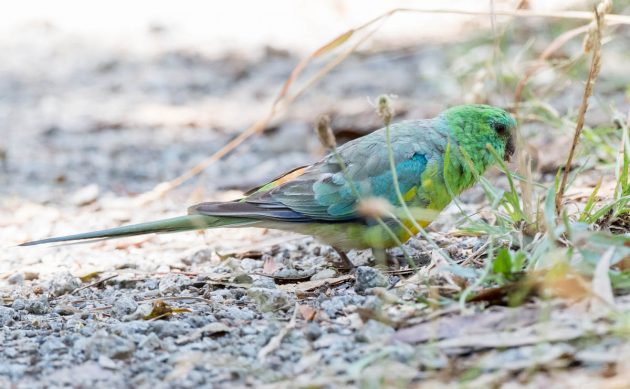
For some reason, the photos I took near Melbourne do not show the male to be particularly red-rumped. Maybe it is a younger bird.
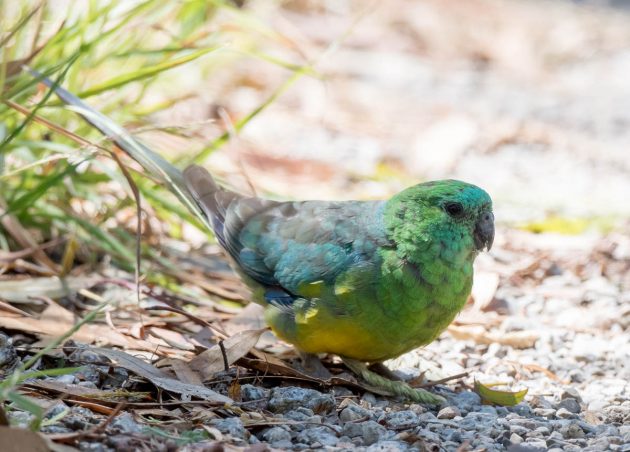
The Latin species name haematonotus (“blood-backed”) sounds a bit more exciting but not necessarily more accurate.
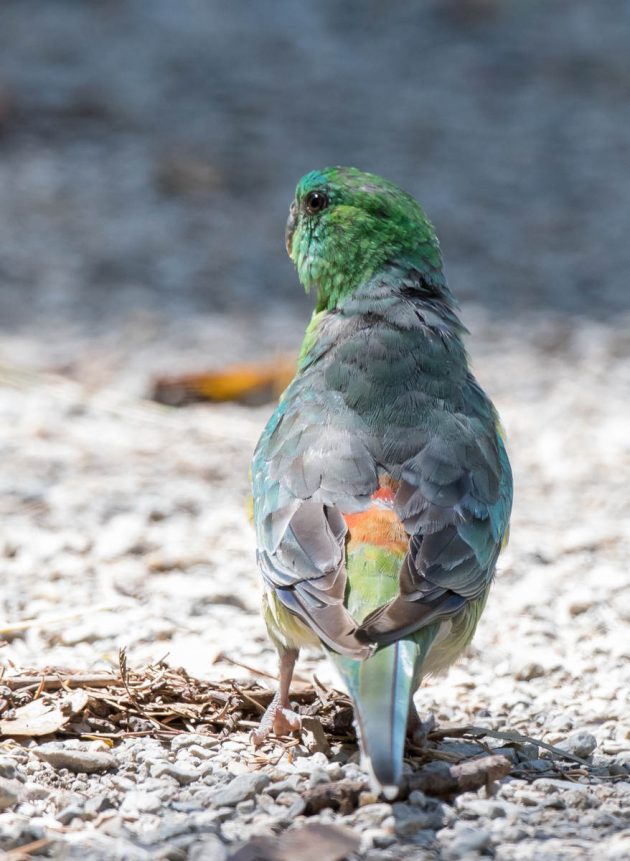
The difference to the duller-looking female is quite obvious though.
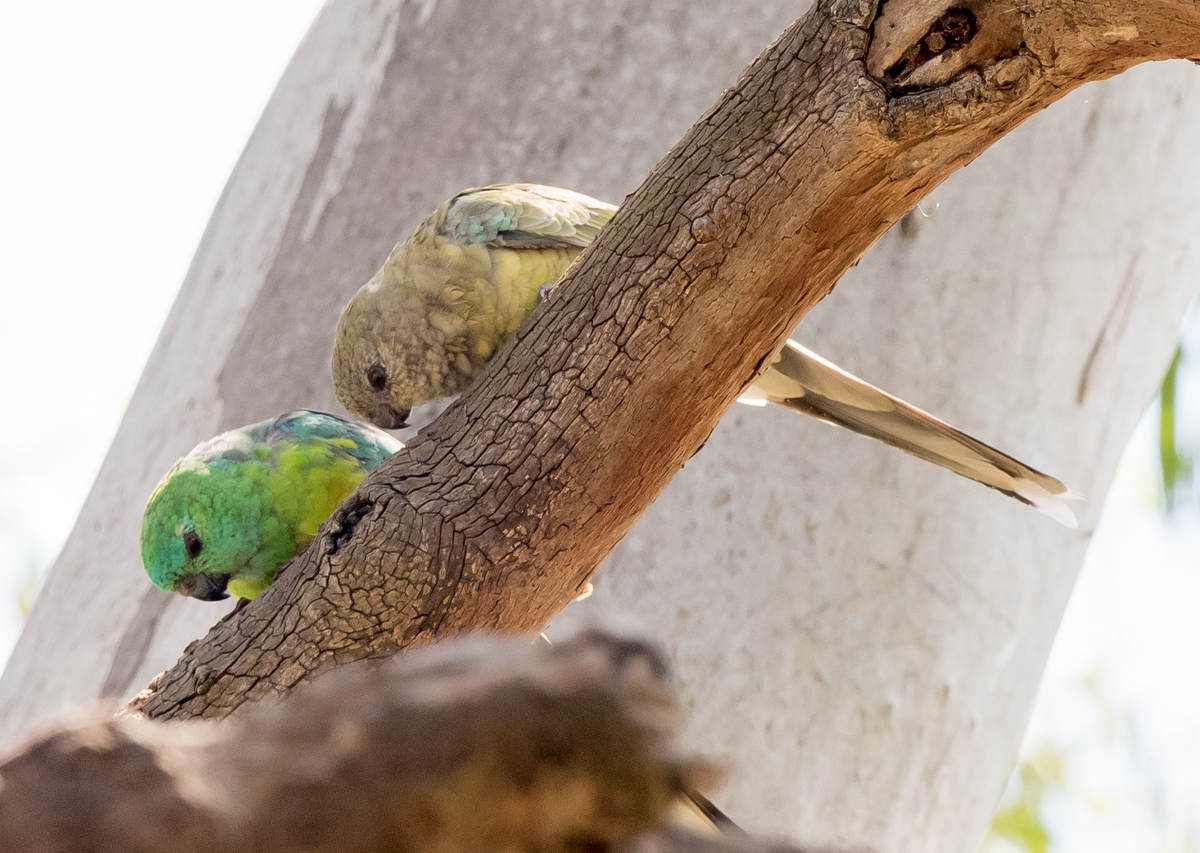
Like all Australian robins, the Eastern Yellow Robin is neither closely related to the European robin nor to the American Robin.
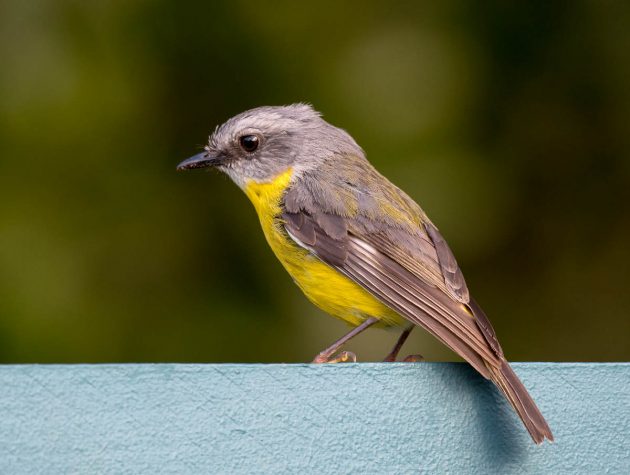
As one of the more common Australian bird species, it is the natural subject of the occasional scientific paper. Take your pick – there is one on unusual prey items such as burrowing crayfish, …
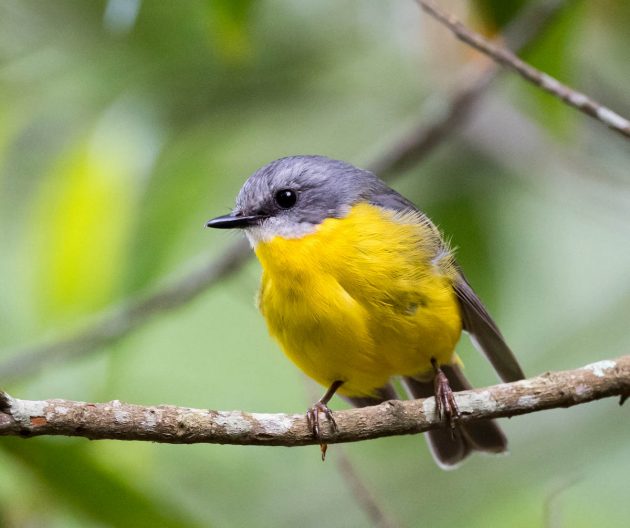
… one on a potential split into two species divided by a mountain range, …
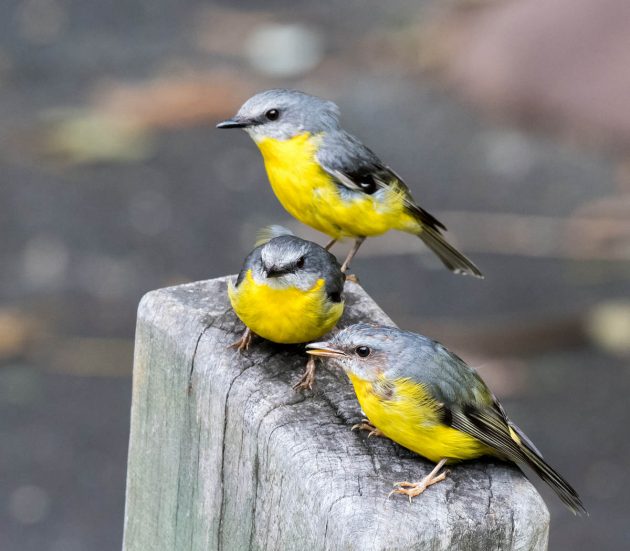
… one on the use of torpor for energy conservation …
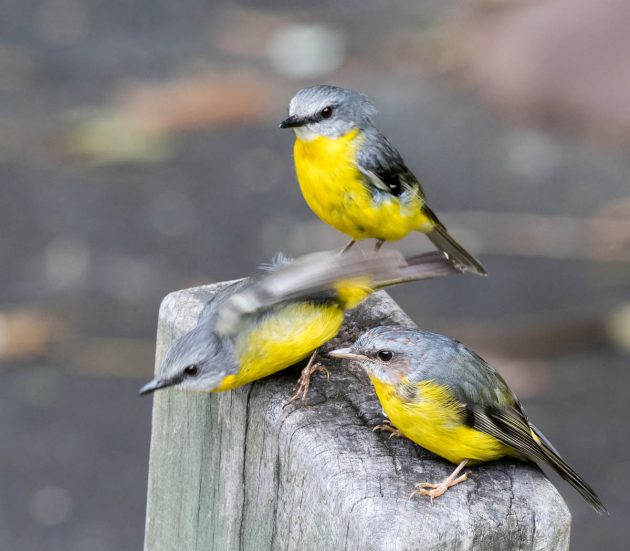
… and one on ecotourism as a potential threat to the birds (“during peak tourism seasonal periods, robins sang fewer songs, and these songs were shorter”).
eBird cannot muster up much enthusiasm for the Australian Reed Warbler, calling it a “plain, brownish songbird”.
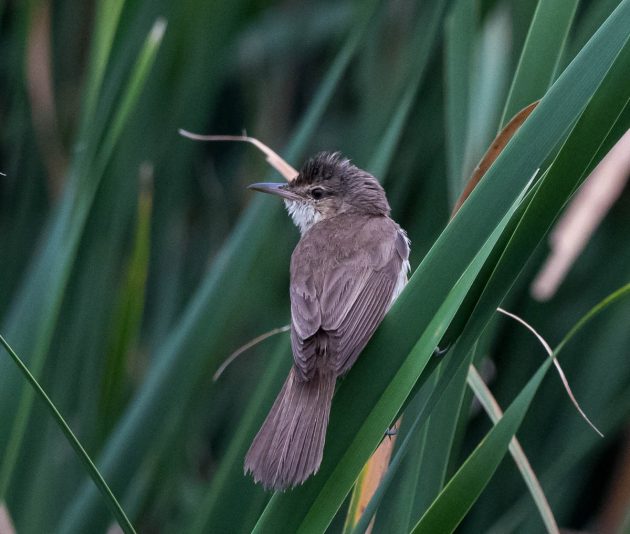
The HBW agrees, describing it as “plain, brown, and rather nondescript”. The only redeeming quality of the species seems to be that “throughout most of its range it is, helpfully, the only Acrocephalus warbler present, rendering identification rather straightforward.” That is a fairly non-ringing endorsement.
The Black-fronted Dotterel is a cute small plover pretending to be a bandit.
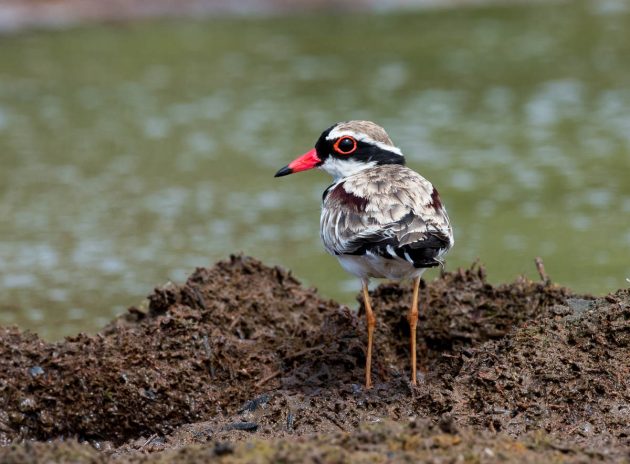
According to the book “Australian Bird Names” (Fraser/Gray), there are conflicting views on the origin of ‘dotterel’. My preferred (while funniest) explanation is that it is based on the old word ‘dote’, a simpleton, plus the originally French suffix ‘-rel’, a diminutive implying contempt. This was based on the belief that the Eurasian Dotterel was easily captured. It seems nowadays “dotterel” is just used for a few arbitrarily selected plovers.
The now sadly retired 10,000 Birds blog writer Redgannet already covered the New Holland Honeyeater in a post published in 2013.
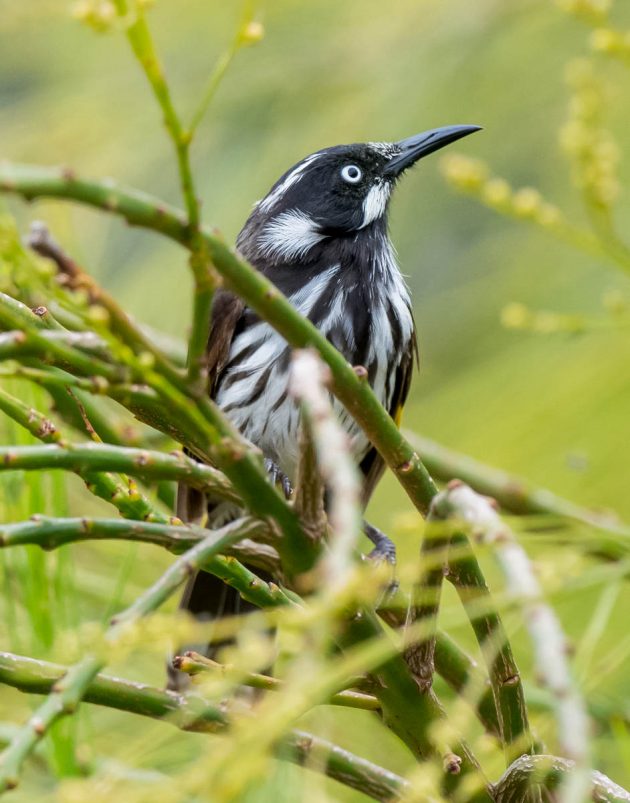
It was among the first birds to be scientifically described in Australia. The bird mostly feeds on nectar …
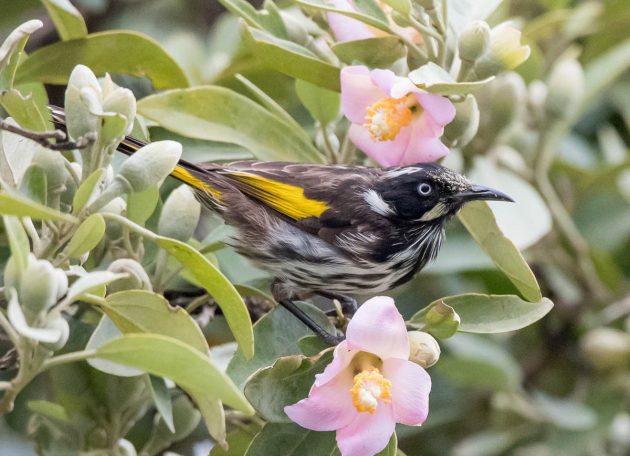
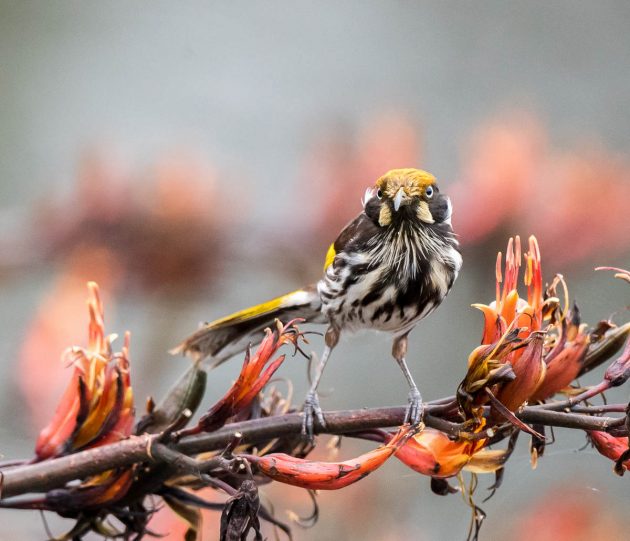
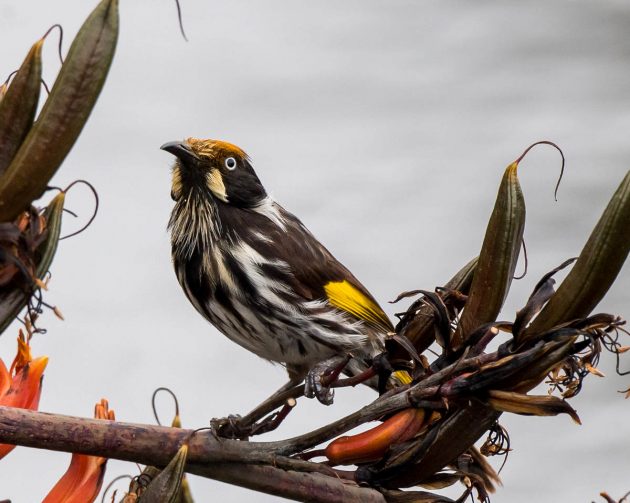
… and only collect sufficient insects to satisfy its protein requirements (source).
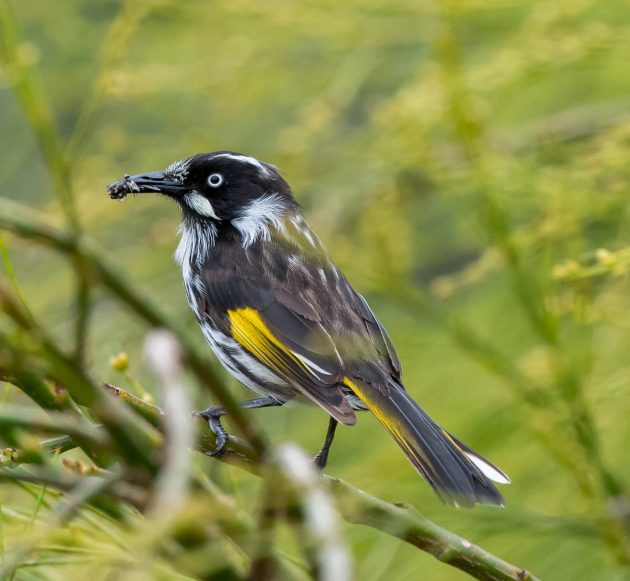
Jessica Ruth McLachlan of the Emmanuel College, University of Cambridge wrote her Ph.D. thesis on the “Alarm Calls and Information Use in the New Holland Honeyeater”, in which she concludes that the birds “make flexible decisions about danger by integrating information from multiple sources and assessing its quality, allowing them to mitigate the costs of fleeing to false, or irrelevant, alarms while taking advantage of the multitude of information provided by the prey community’s neighborhood watch”.
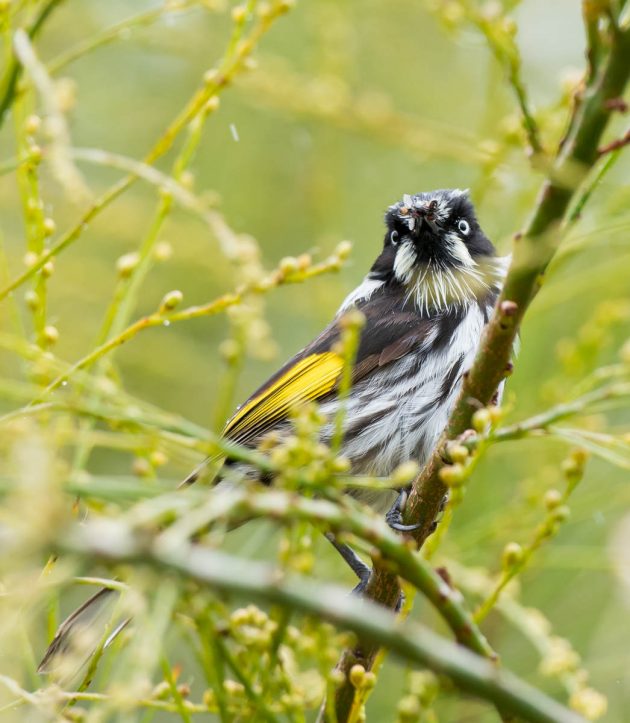
(Though I will certainly not read the whole thesis, I still think it is great to find such documents online for free these days).
The Royal Spoonbill is Australia`s answer to the spoonbills I can see here in Shanghai – it is actually the closest relative of the endangered Black-faced Spoonbill.
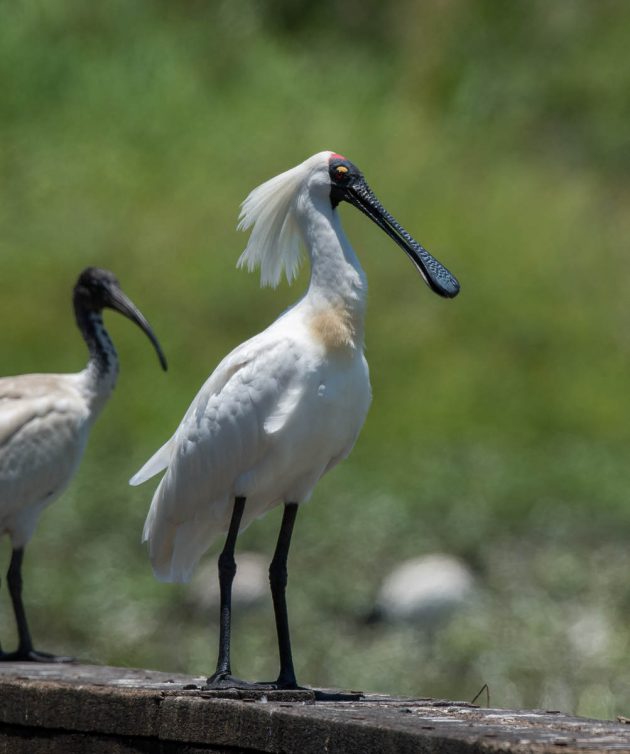
Like humans preferring snack food and alcohol at night, these spoonbills also have diet preferences depending on the time of the day: “The diet of Spoonbills appeared to differ between night and day because their prey exhibited pronounced nocturnal activity” (source). I have a feeling beer also comes out more at night in my home.
To be honest, the Australasian Grebe was probably one of the birds I was least interested in in Australia, as it looks fairly similar to the Little Grebe, a common bird in Shanghai. Feel free to call me shallow.
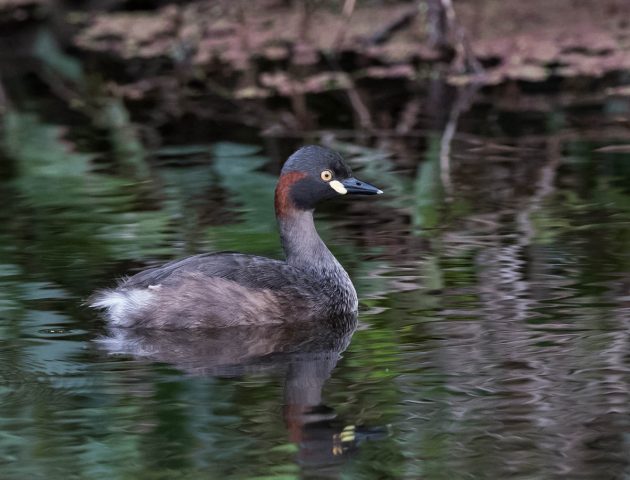
However, a study of its breeding behavior covers some interesting aspects: “Brood rivalry and parental favoritism were observed … Chicks not favored by their parents were forced to accelerate their development.” If you want to hear about the equivalent among humans as phrased in a country song, please look up the lyrics to “A boy named Sue”. Or watch/listen to Johnny Cash sing it here.
The Red Wattlebird is another honeyeater – the second largest in Australia.
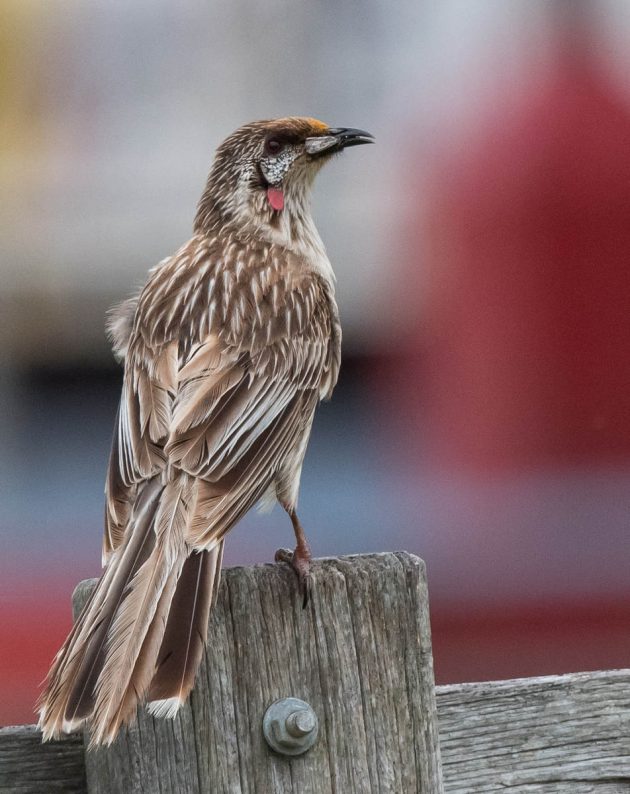
This bird is making somebody named Deb miserable, as shown by this inquiry at a website for bird control products: “I have just today discovered the cause for my lack of sleep and frustration is due to 2 Red Wattlebirds … the birds attack my windows from sunrise to sunset every day. They constantly peck and flap their wings against the windows. … It is taking a toll on my stress levels and I do not know what to do?? Can anyone help me, please”
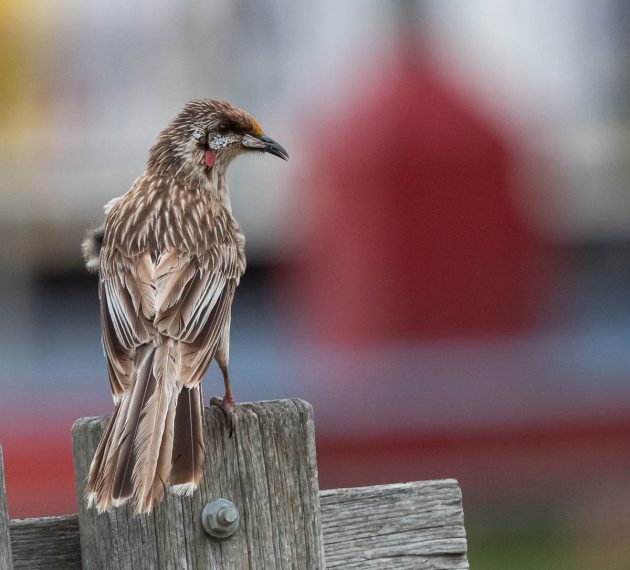
Poor Deb.
Magpie-larks build rather nice-looking nests that I probably could not make even after attending a pottery class. Here, the male (black throat) is on the nest while the female probably thinks he is not doing a good job, from the look on her face.
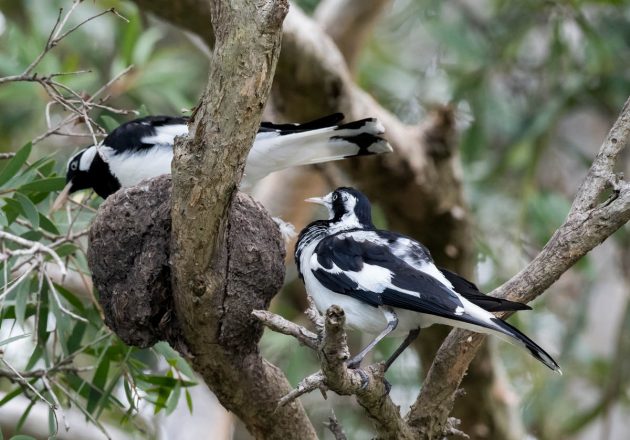
So she took over a bit later.
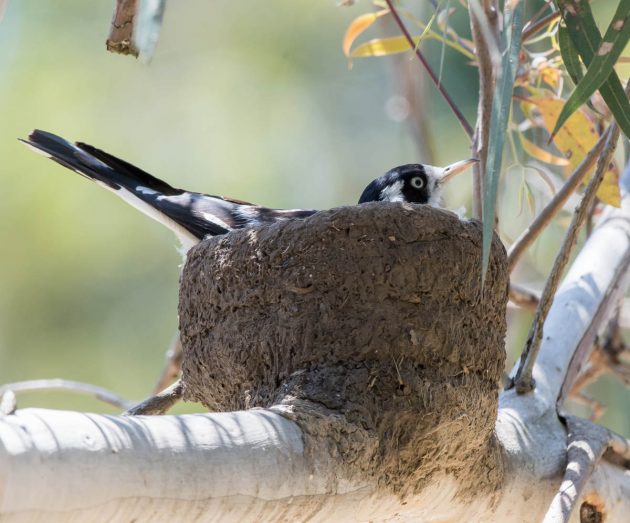
This is one of three bird species listed as “Threatening animals” on a website of the University of Australia Woolonggong – apparently, during breeding season they will swoop and defend areas around nests.
The Double-barred Finch looks a lot like a munia, just much more elegant – the luxury edition, I guess.
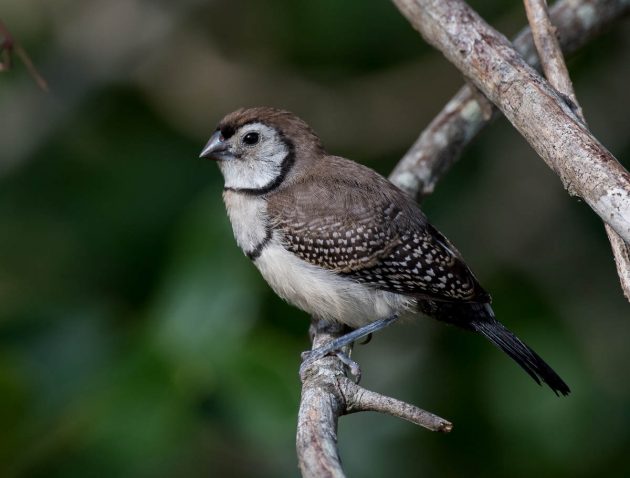
The Latin species name bichenovii commemorates James Ebenezer Bicheno (1785-1851) – not a made-up person, I swear! As the middle name Ebenezer suggests, he was a rather conservative guy who strongly opposed Chartism, a working-class movement for political reform in Britain. I am pretty sure I would not have liked him. He also published books with lengthy titles such as “An Inquiry Into the Poor Laws Chiefly with a View to Examine Them as a Scheme of National Benevolence, and to Elucidate Their Political Economy”. Later, he became the colonial secretary of Tasmania.
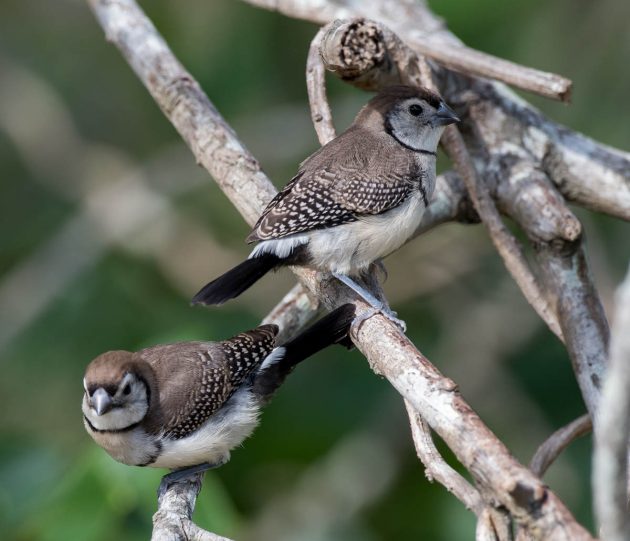
While the Double-barred Finch is sometimes referred to as Bicheno’s finch or as the owl finch, a much nicer other name is owl finch, which is derived from the dark ring of feathers around the face (source).






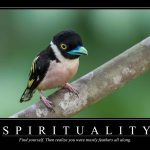
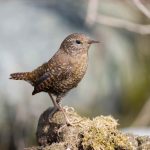

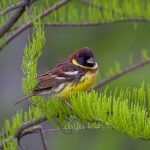
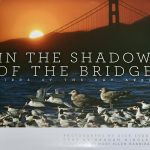
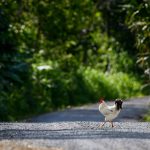
Leave a Comment